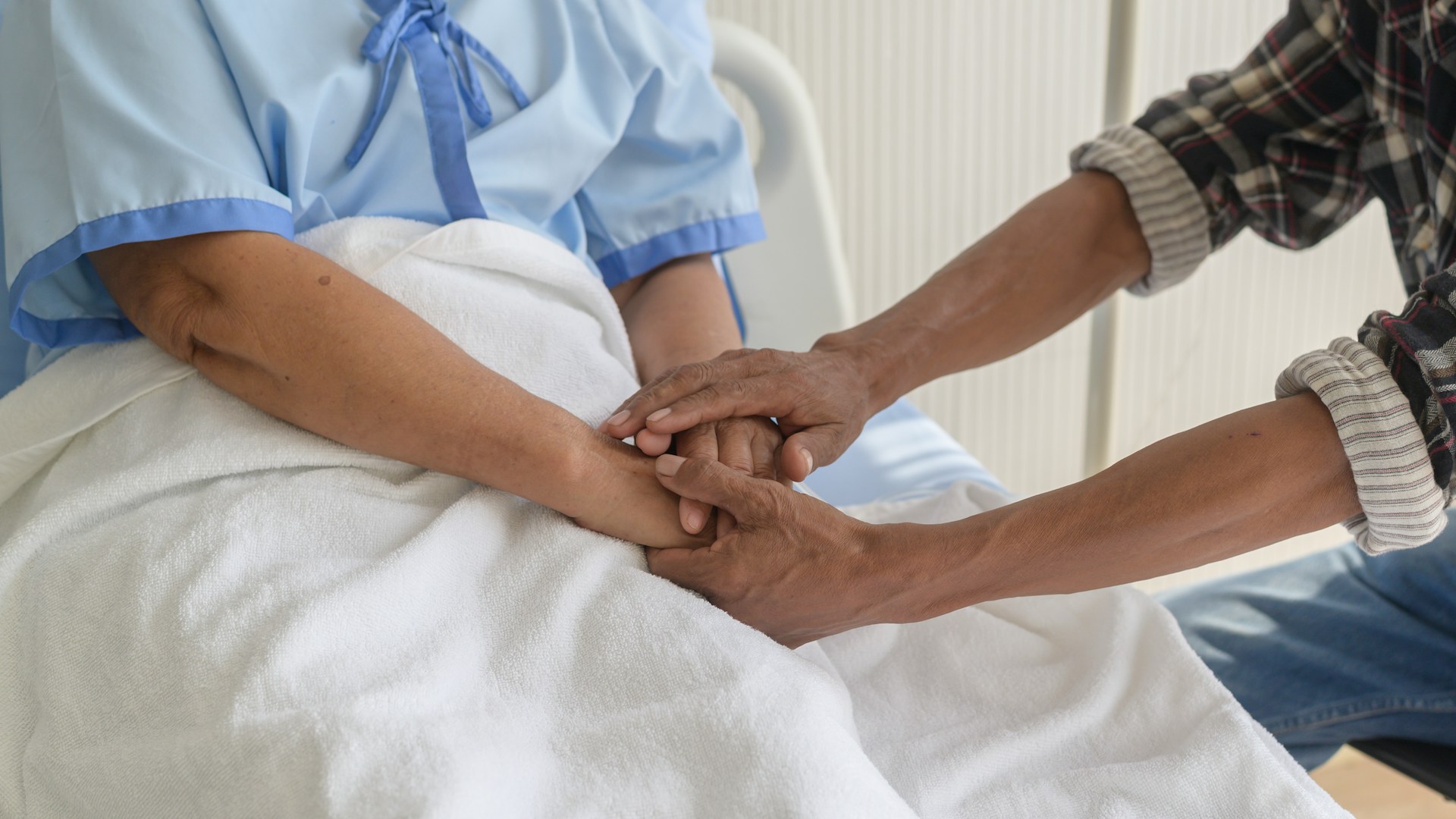Understanding How Hospice Care Helps with Pain Relief

November 12, 2024
Pain can be a major concern for people with serious illnesses. When dealing with the end-of-life stage, managing pain becomes even more crucial. Hospice care steps in to offer specialized pain relief, aiming to improve the quality of life for both patients and their families.
Hospice care is all about comfort and support. It’s not just about treating symptoms; it’s about treating the whole person. This includes physical pain, but also emotional and spiritual suffering. Hospice teams work hard to create personalized care plans that address all aspects of a patient’s well-being.
Understanding how hospice care helps with pain relief can be very reassuring for families. It shows that there are many tools and methods available to keep their loved ones comfortable. From medication to holistic therapies, hospice care offers a wide range of options to manage pain effectively. This can make a tough situation a bit more bearable for everyone involved.
Understanding Pain Relief in Hospice Care
Pain relief is a core component of hospice care. The aim is to ensure that patients are as comfortable as possible during their final days. Pain can come from various sources, like the illness itself, treatments, or other health issues. Hospice care focuses on addressing and alleviating this pain comprehensively.
When someone starts hospice care, a team of healthcare professionals assesses their pain levels. This team can include doctors, nurses, and pain management specialists. They work together to understand the nature of the pain and how it affects the patient’s daily life. They then develop a personalized plan to manage this pain effectively.
Pain relief in hospice care is not one-size-fits-all. Every patient is different, and so is their pain. Tailoring pain management strategies to meet individual needs is crucial. This ensures that patients receive the most appropriate and effective treatments for their specific situation.
Techniques and Therapies for Pain Relief
Hospice care uses a variety of techniques and therapies to relieve pain. These methods aim to address both physical discomfort and emotional stress. Here are some common ways hospice teams manage pain:
- Medication Management: Proper use of medications is vital for controlling pain. Health professionals carefully select and adjust medications to provide the best pain relief without severe side effects.
- Physical Therapy: Gentle exercises and movements can help reduce pain and improve mobility. Physical therapy can be a useful tool in keeping muscles and joints flexible.
- Massage Therapy: Therapeutic massage can relax the muscles and reduce tension. This helps in alleviating pain and promoting a sense of well-being.
- Acupuncture: This ancient technique uses tiny needles to stimulate specific points on the body. It can be effective in reducing certain types of pain.
- Heat and Cold Therapy: Using heat pads or ice packs can relieve some kinds of pain. Heat can soothe sore muscles, while cold can reduce inflammation.
- Relaxation Techniques: Methods like deep breathing, meditation, and guided imagery can help patients focus away from their pain and reduce stress.
- Music and Art Therapy: Engaging in creative activities can provide emotional relief and reduce the perception of pain. Music and art therapy can offer a relaxing and enjoyable distraction.
Each of these techniques can be combined to create a comprehensive pain management plan. The goal is to improve the patient’s quality of life by minimizing their pain as much as possible.
The Role of Medication in Managing Pain
Medication plays a crucial role in managing pain within hospice care. These medicines are carefully chosen and adjusted to provide the most comfort with the fewest side effects. Here’s how medication helps in ensuring effective pain relief for hospice patients:
- Types of Pain Medications: Various medications are used depending on the type and intensity of pain. These may include over-the-counter drugs like acetaminophen or stronger prescription medications like opioids.
- Dosage and Timing: The hospice team works to find the right dosage and timing to keep pain under control. This may involve giving medication at regular intervals to maintain a constant level of pain relief.
- Alternative Medications: For patients who cannot tolerate certain medications, alternatives like anti-inflammatory drugs, muscle relaxants, or nerve pain medications are considered.
- Addressing Side Effects: Managing side effects is essential. The team monitors patients closely to adjust treatments as needed, ensuring the benefits of pain relief outweigh any potential discomfort from side effects.
By focusing on these aspects, medication becomes an effective tool in making hospice patients as comfortable as possible. The goal is always to improve the quality of life by reducing pain and allowing patients to focus on the things that matter most to them.
Benefits of Pain Relief in Hospice Care
Pain relief in hospice care offers numerous benefits that go beyond just physical comfort. It significantly enhances the overall well-being of patients and their families. Here are some key benefits:
- Improved Quality of Life: Effective pain management allows patients to enjoy their time with loved ones without constant discomfort. They can engage in activities and conversations more freely.
- Emotional Relief: Pain can cause significant emotional distress. Alleviating pain helps reduce anxiety, depression, and stress, fostering a more peaceful environment for both patients and families.
- Better Sleep: Pain relief often results in better sleep quality, which is crucial for maintaining energy and well-being. Restful sleep helps patients feel more alert and happier during waking hours.
- Enhanced Mobility: Managing pain can improve a patient’s ability to move and perform daily activities. This independence is important for maintaining dignity and a sense of control.
- Family Peace of Mind: Knowing that their loved one’s pain is being managed effectively provides peace of mind for families. They can focus on spending quality time together rather than worrying about discomfort.
These benefits underscore the importance of pain relief in hospice care. It plays a vital role in supporting the emotional, physical, and mental health of those involved, making the final days as meaningful and comfortable as possible.
Conclusion
Pain management is a cornerstone of hospice care, bringing comfort and relief to those in their final stages of life. Through a variety of techniques, therapies, and careful medication use, hospice teams work tirelessly to alleviate pain and improve the quality of life for their patients. Understanding these aspects of pain relief can provide families with reassurance and peace of mind, knowing their loved ones are receiving compassionate and effective care.
If you or a loved one are considering hospice care and want to learn more about how we can assist with pain relief, contact Inspire Hospice today. Let us provide the comfort and support you need with compassionate Atlanta hospice care during this challenging time.
Filed under:
Articles and Resource Topics

A Registered Nurse is available to answer your questions about hospice and palliative care services:
- Discuss your unique situation to determine how Inspire services can be tailored to care for you and your family
- Discuss insurance, Medicare and answer other concerns about eligibility, benefits, and other care options
- Answer any questions you have about comfort care



